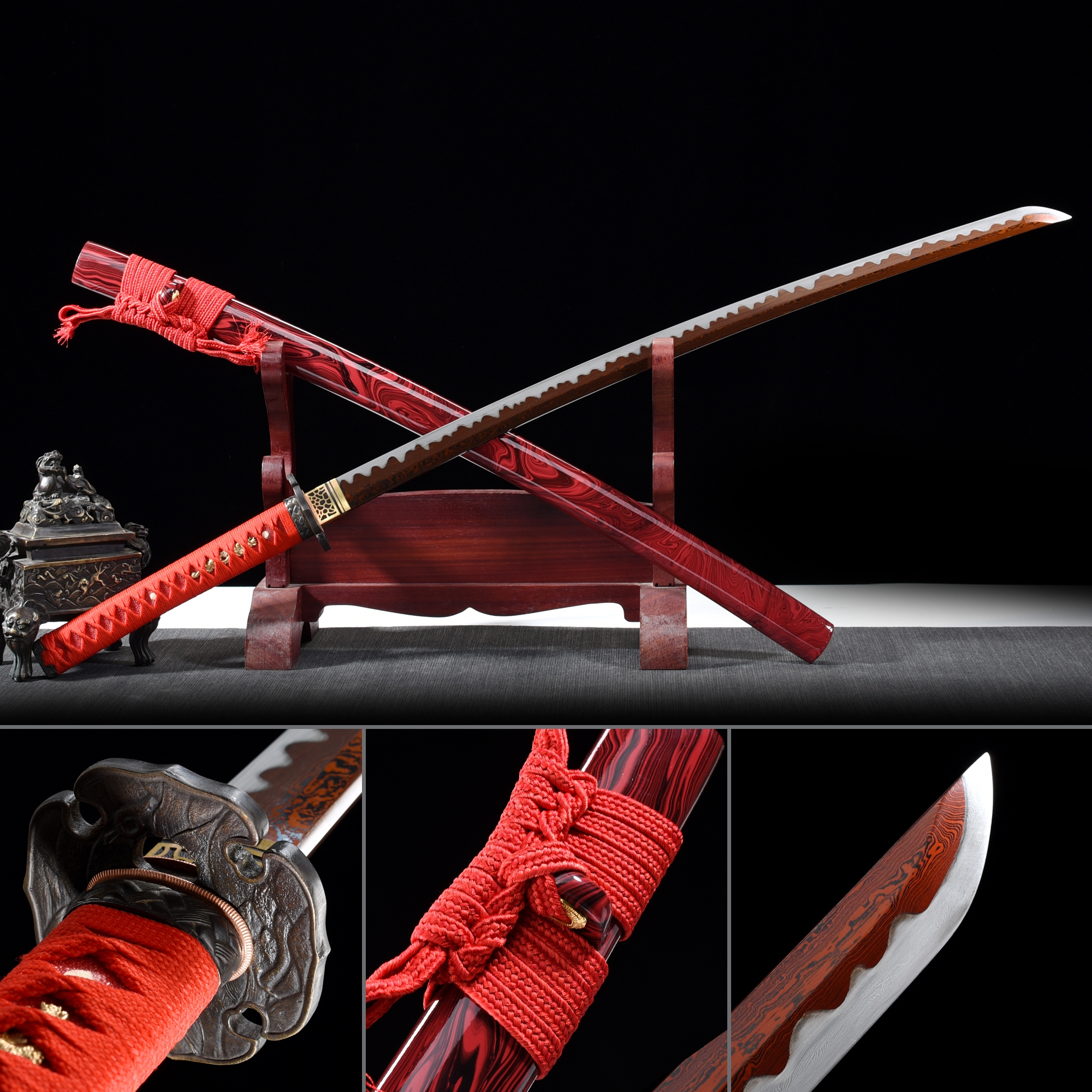


Our selection ensures that you can find the perfect sword to match your requirements and budget. The sword's design allowed for swift, powerful cuts and thrusts, making it a formidable weapon in the hands of a skilled samurai.Īt Mini Katana, we celebrate the rich history and craftsmanship of the Katana, offering a range of expertly crafted swords and replicas for enthusiasts, collectors, and those who appreciate the art of traditional Japanese sword-making. Katanas were employed in various battle scenarios, from one-on-one duels to larger-scale skirmishes and battles. Samurai warriors would often carry their Katana alongside a smaller sword, such as a Wakizashi or Tanto, as part of a Daisho – a matched pair of swords symbolizing their social status and warrior spirit. The Katana became the primary weapon of the samurai during the late Kamakura period (1185-1333) and continued to be used in subsequent periods, such as the Muromachi (1336-1573) and Edo (1603-1868) periods. These iconic swords, characterized by their curved, single-edged blade, were primarily designed for cutting and were particularly effective in close-quarters combat. Yes, Katanas were indeed used in battle by samurai warriors throughout Japanese history. Other swords have their unique cultural and historical significance, depending on the region and time period in which they were used.Īt Mini Katana, we celebrate the beauty and craftsmanship of traditional Japanese Katanas, offering a range of expertly made swords and replicas for collectors and enthusiasts alike. They are not only weapons but also symbols of social status, honor, and craftsmanship. Historical and Cultural Context: Katanas hold a special place in Japanese history and culture, being the primary weapon of the samurai warrior class. In comparison, other swords may have various grip and guard designs, depending on their origin and intended use. The guard, or Tsuba, is usually round or square and features intricate designs that reflect the culture and artistry of Japan. This allows for greater control and power when wielding the sword.

Grip and Guard: Katanas have a long handle, typically wrapped in a traditional Japanese style with cord or leather, designed to accommodate a two-handed grip. Other swords may be forged using different techniques and materials, depending on the region and time period in which they were made. This process results in a strong, sharp, and resilient weapon. In contrast, other swords, such as European longswords, may have straight, double-edged blades that are suited for both cutting and thrusting.Ĭonstruction: Katanas are crafted using traditional Japanese forging techniques, which involve folding and differentially heat-treating the steel to create a blade with a harder cutting edge and a softer, more flexible spine. The curvature of the blade allows for more effective slashing motions and improves the sword's overall cutting ability. Here are some key differences between a Katana and other swords:īlade Shape: Katanas have a distinct, curved, single-edged blade, which is designed primarily for cutting. A "Katana," on the other hand, refers specifically to a traditional Japanese sword, characterized by its unique features and design. The term "sword" is a general term that encompasses a wide variety of bladed weapons used across different cultures and historical periods.


 0 kommentar(er)
0 kommentar(er)
